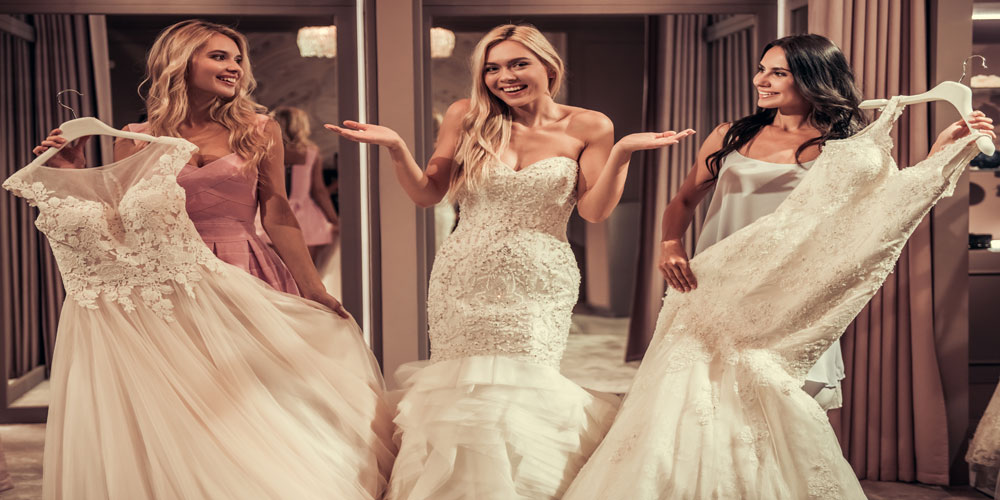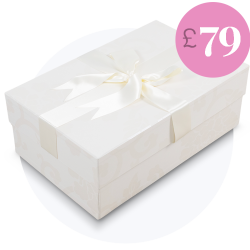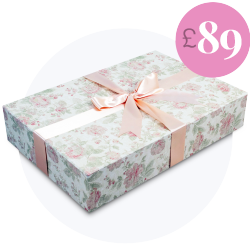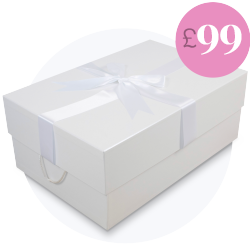Classic to Contemporary: Wedding Dress Styles
Weddings are a timeless tradition, and the bride’s dress is one of the most significant elements of this special day. Over the years, wedding dress styles have evolved dramatically, reflecting changes in fashion, culture, and society. From classic silhouettes to contemporary designs, today’s brides have a myriad of choices to suit their personal style and wedding theme.
A Brief History of Wedding Dresses
1. The Middle Ages and Renaissance
In the Middle Ages, brides wore their best dresses, regardless of color. Wealthy brides showcased their status with luxurious fabrics like velvet and silk, often in rich hues of blue, which symbolized purity before white became the dominant wedding dress color. During the Renaissance, elaborate gowns with intricate embroidery and beading became popular among the nobility, reflecting their wealth and social standing.
2. The Victorian Era
The Victorian era brought a significant shift in wedding dress fashion. Queen Victoria’s marriage to Prince Albert in 1840 popularized the white wedding dress, which has remained a staple ever since. Her choice of a white silk satin gown with Honiton lace set a precedent for brides to come. The Victorian wedding dress was characterized by its full skirts, corsets, and intricate lace details.
3. The Early 20th Century
The early 1900s saw wedding dresses influenced by the Edwardian era, with high necklines, long sleeves, and empire waistlines. As fashion progressed into the 1920s, wedding dresses mirrored the flapper style with dropped waists and shorter hemlines. The 1930s and 1940s brought more conservative designs due to the Great Depression and World War II, but the glamour of Hollywood still influenced bridal fashion with sleek, body-hugging silhouettes.
4. The Post-War Era to the 1980s
Post-World War II, wedding dresses became more extravagant. The 1950s, inspired by Hollywood icons like Grace Kelly and Audrey Hepburn, featured gowns with fitted bodices, full skirts, and layers of tulle. The 1960s and 1970s saw a mix of traditional and bohemian styles, reflecting the counterculture movement. The 1980s, epitomized by Princess Diana’s voluminous gown, embraced opulence with puffed sleeves, oversized bows, and dramatic trains.
5. The 1990s to Early 2000s
The 1990s brought a shift towards simplicity and minimalism, with sleek, streamlined dresses often made from satin or silk. Designers like Vera Wang revolutionized bridal fashion with elegant, modern designs. The early 2000s continued this trend, favoring classic silhouettes with contemporary twists, such as strapless bodices and asymmetrical hems.
Classic Wedding Dress Styles
1. The Ball Gown
The ball gown is the quintessential fairy-tale dress, characterized by its fitted bodice and full skirt. This timeless silhouette is perfect for brides who want to feel like a princess on their special day. The voluminous skirt can be made from various materials, including tulle, satin, and organza, often adorned with lace or beading. This style is particularly flattering for pear-shaped or hourglass figures, as it accentuates the waist and balances the proportions.
2. The A-Line
The A-line dress is a versatile and universally flattering style that suits almost every body type. It features a fitted bodice that gradually flares out from the waist, creating an “A” shape. This classic silhouette can be dressed up with intricate lace and beading or kept simple with clean lines and minimal embellishments. The A-line gown is ideal for brides seeking elegance and simplicity.
3. The Sheath
The sheath dress, also known as a column dress, is a sleek and sophisticated option that follows the body’s natural lines. This style is perfect for brides who want a modern, minimalist look. Sheath dresses can be made from various fabrics, including silk, satin, and crepe, and often feature subtle details like beading or lace appliqués. This silhouette is best suited for slender or athletic figures, as it highlights the body’s shape without added volume.
4. The Mermaid
The mermaid dress is a dramatic and glamorous choice for brides who want to make a statement. This silhouette is fitted through the bodice and hips, flaring out at the knees or lower, resembling a mermaid’s tail. The mermaid gown is often crafted from luxurious fabrics like satin or lace, and it can be adorned with beading, sequins, or embroidery. This style is ideal for hourglass or curvy figures, as it accentuates the body’s natural curves.
5. The Tea-Length
The tea-length dress is a charming and vintage-inspired option that falls between the knee and ankle. This style was popularized in the 1950s and offers a playful, retro vibe. Tea-length dresses are perfect for casual or outdoor weddings, allowing for easy movement and comfort. They can be made from various materials, such as tulle, lace, or satin, and often feature fun details like polka dots or floral patterns.
Contemporary Wedding Dress Styles
1. The Two-Piece
The two-piece wedding dress is a modern and trendy choice for contemporary brides. This style typically consists of a crop top and skirt, allowing brides to mix and match different pieces to create a unique look. Two-piece dresses can range from casual and bohemian to elegant and sophisticated, making them versatile for various wedding themes. This style is perfect for brides who want to break tradition and showcase their fashion-forward sensibilities.
2. The Jumpsuit
The jumpsuit is an unconventional and chic option for brides who want to make a bold statement. This contemporary style offers comfort and practicality without sacrificing elegance. Bridal jumpsuits come in various designs, from sleek and tailored to flowy and romantic, often featuring lace, sequins, or embroidery. Jumpsuits are ideal for modern weddings, city hall ceremonies, or second looks.
3. The Minimalist
Minimalist wedding dresses focus on clean lines, simple silhouettes, and understated elegance. This contemporary style is perfect for brides who appreciate the “less is more” philosophy. Minimalist gowns often feature high-quality fabrics like silk or crepe and subtle details like a plunging neckline or open back. This style is versatile and timeless, allowing brides to accessorize with statement jewelry or keep the look effortlessly chic.
4. The Bohemian
The bohemian wedding dress is perfect for free-spirited brides who want a relaxed and whimsical look. This style often features flowing silhouettes, soft fabrics like chiffon or lace, and intricate details such as crochet, embroidery, or fringe. Bohemian gowns are ideal for outdoor or destination weddings, providing comfort and ease of movement. This style can be accessorized with flower crowns, barefoot sandals, or boho-chic jewelry.
5. The High-Low
The high-low wedding dress is a playful and modern option that features a shorter hem in the front and a longer train in the back. This contemporary style allows brides to showcase their legs and shoes while still enjoying the drama of a train. High-low dresses can be made from various materials, including tulle, organza, or satin, and often feature unique details like ruffles, lace, or beading. This style is perfect for non-traditional weddings or brides who want a fun and flirty look.
Choosing the Perfect Dress for Your Body Type
Finding the perfect wedding dress involves more than just selecting a style you love; it also requires choosing a silhouette that flatters your body type. Here are some tips for selecting a dress that enhances your natural beauty:
1. Pear-Shaped
For brides with a pear-shaped figure, consider styles that accentuate your waist and balance your proportions. A-line and ball gown dresses are ideal, as they highlight the waist and flare out, drawing attention away from the hips. Avoid clingy fabrics and opt for structured bodices that provide support.
2. Hourglass
Hourglass figures are well-suited to fitted silhouettes that showcase curves. Mermaid, trumpet, and sheath dresses are excellent choices, as they highlight the waist and hug the body’s natural contours. Look for fabrics with a bit of stretch for comfort and movement.
3. Apple-Shaped
Brides with an apple-shaped figure should look for dresses that create the illusion of a defined waist. Empire waist and A-line dresses are flattering, as they draw attention to the bust and flow away from the midsection. Avoid heavy fabrics and opt for lightweight materials that drape gracefully.
4. Athletic
Athletic figures can pull off a variety of styles, but dresses that add curves are particularly flattering. Mermaid, trumpet, and sheath dresses work well, as they create the illusion of an hourglass shape. Look for dresses with ruching, beading, or other embellishments to add dimension.
5. Petite
Petite brides should look for dresses that elongate their frame. A-line and sheath dresses are ideal, as they create a vertical line. Avoid overwhelming details and heavy fabrics; instead, opt for simple, clean lines and lightweight materials. High-low dresses are also a great option for adding height.
6. Plus-Size
Plus-size brides have many beautiful options to choose from. A-line and ball gown dresses are flattering, as they accentuate the waist and provide balance. Look for dresses with supportive bodices and structured fabrics that provide shape. Avoid overly clingy materials and opt for dresses with subtle embellishments.
Accessorising Your Wedding Dress
Once you’ve chosen the perfect wedding dress, it’s time to select the accessories that will complete your look. Here are some tips for accessorizing your bridal ensemble:
1. Veils and Headpieces
Veils come in various lengths and styles, from short birdcage veils to dramatic cathedral veils. Choose a veil that complements your dress and overall look. Headpieces, such as tiaras, headbands, or floral crowns, can add a touch of glamour or whimsy.
2. Jewelry
Select jewelry that enhances your dress without overpowering it. For dresses with intricate details, opt for simple and elegant pieces. For minimalist gowns, statement jewelry can add a touch of drama. Consider your neckline when choosing necklaces and earrings.
3. Shoes
Your wedding shoes should be both stylish and comfortable. Consider the venue and terrain when selecting your footwear. For outdoor weddings, wedges or flats may be more practical, while heels are perfect for indoor ceremonies. Make sure to break in your shoes before the big day.
4. Belts and Sashes
Belts and sashes can add definition to your waist and a pop of color or sparkle to your dress. They are available in various materials, such as satin, lace, or beaded designs. Choose a belt or sash that complements your dress and enhances your overall look.
5. Cover-Ups
For cooler weather or a touch of modesty, consider adding a cover-up to your ensemble. Options include boleros, shawls, capes, or jackets in materials like lace, fur, or chiffon. Choose a cover-up that complements your dress and provides the desired level of coverage.
A Wedding Dress for every Bride
From classic to contemporary, wedding dress styles have evolved to offer something for every bride. Whether you dream of a fairy-tale ball gown, a sleek and modern sheath dress, or a bohemian lace creation, there’s a perfect gown out there for you. By understanding your body type and personal style, you can confidently choose a dress that makes you feel beautiful and special on your wedding day. Remember, the most important thing is to select a dress that reflects your personality and makes you feel like the best version of yourself.










